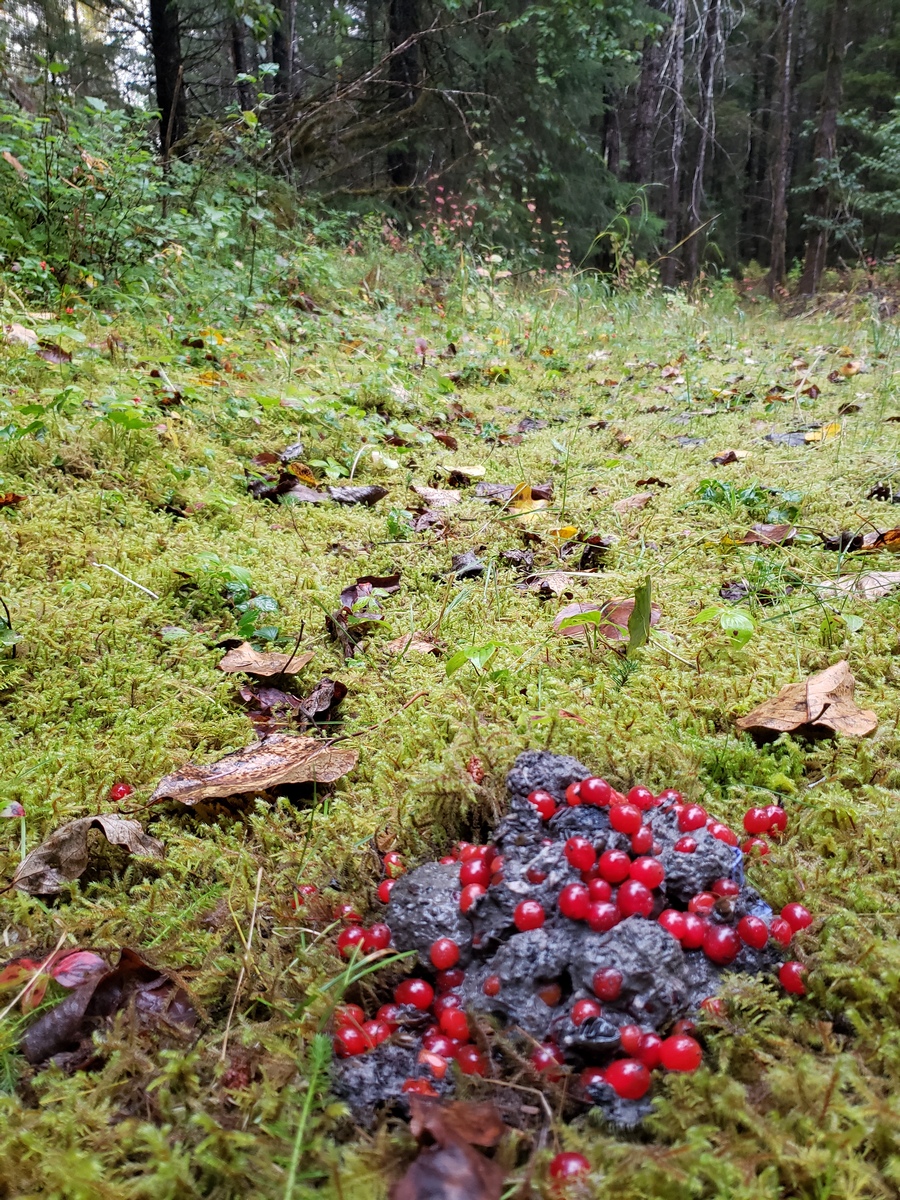Mizamook
Well-Known Member
My first High Bush Cranberry wine came out pretty nicely, albeit rather tart.
It is Autumn here, as it is many places, and the high bush cranberries succeed the blueberries, red huckleberries, and black huckleberries. It is lovely out there!
I'm attempting another High Bush Cranberry wine, and upping the size.
Right now I'm trying to decide how to properly panic, as nothing ... NOTHING! ... is happening. If panic, then ... what? Add more ____? Pitch a different yeast? (I only have EC-1118 on hand) Wait longer? Tomorrow is day three ...
Currently 1.089, pH 3.6, .6% tartaric, pitched yeast (hydrated K1-V1116) after 18 hours past 4 Campden tabs, much stirring, temp approx. 62F, a day later dry-pitched another K1-V1116, a full day after that, and Fermax additions, still no activity.
How to defeat natural tendency of high bush cranberries to resist fermentation start?
I didn't title this post anything like "please help" or "fermentation not starting" as I'd rather the post be about the wine, rather than the fact that it's starting as a problem (not starting) ... assuming, of course, it turns into wine, rather than sugary cranberry water.
I really hope to figure out how to do this without the yeast anxiety next time! For the high bush cranberry mead (melomel) I will get the mead going strong, then add my cranberries.
It is Autumn here, as it is many places, and the high bush cranberries succeed the blueberries, red huckleberries, and black huckleberries. It is lovely out there!
I'm attempting another High Bush Cranberry wine, and upping the size.
Right now I'm trying to decide how to properly panic, as nothing ... NOTHING! ... is happening. If panic, then ... what? Add more ____? Pitch a different yeast? (I only have EC-1118 on hand) Wait longer? Tomorrow is day three ...
Currently 1.089, pH 3.6, .6% tartaric, pitched yeast (hydrated K1-V1116) after 18 hours past 4 Campden tabs, much stirring, temp approx. 62F, a day later dry-pitched another K1-V1116, a full day after that, and Fermax additions, still no activity.
How to defeat natural tendency of high bush cranberries to resist fermentation start?
I didn't title this post anything like "please help" or "fermentation not starting" as I'd rather the post be about the wine, rather than the fact that it's starting as a problem (not starting) ... assuming, of course, it turns into wine, rather than sugary cranberry water.
I really hope to figure out how to do this without the yeast anxiety next time! For the high bush cranberry mead (melomel) I will get the mead going strong, then add my cranberries.








